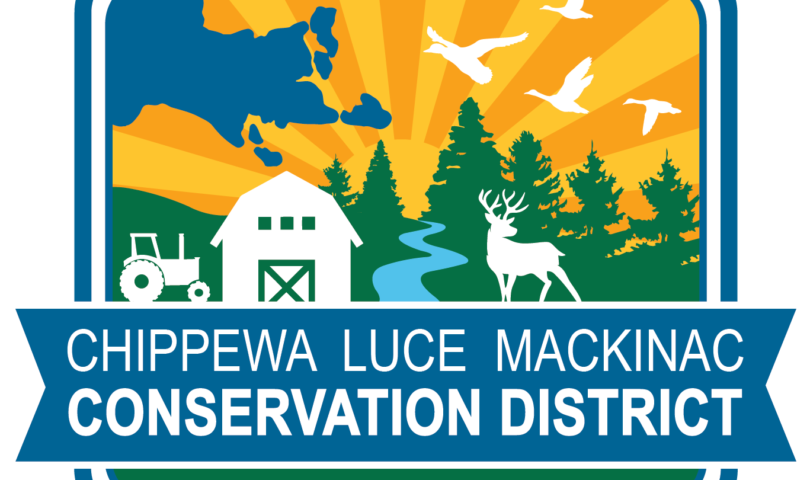The restoration, protection, and preservation of the Munuscong River Watershed is a priority for the Eastern Upper Peninsula (EUP) community. The Little Munuscong and Munuscong Rivers feed into the St. Marys River system which supports a thriving walleye, salmon, and perch fishery. This fishery helps to support a significant portion of the EUP
economy. Alongside the fishery is hunting, boating, and recreational opportunities that are available because of the watershed. The most important tool used to manage the watershed is the residents. Without the help and support of the surrounding communities, we cannot successfully manage our water resources. What can you do to help? Below are common questions and answers regarding the Munuscong River Watershed.
What are common pollutants in the Munuscong River Watershed? Common pollutants include bacteria/pathogens (particularly E. coli), nutrients (primarily nitrogen and phosphorus), sediment, alteration in temperature/flow, and chemical pollutants.
What are common sources of pollutants in the Munuscong River Watershed? In urban areas, common sources are septage waste, stormwater runoff, altered hydrology, and road crossing structures. In rural areas, common sources are septage waste, livestock, altered hydrology, and stormwater runoff.
What practices can I do to help? Measures used to manage our water resources can be as large as statewide legislature or as small as picking up trash in one’s own backyard. Several practices can be adopted by any resident of the watershed. Preserving naturally vegetated areas along streams can help filter runoff as well as keeping streams cool. Vegetated areas along streams and rivers act as a buffer to runoff and also helps control erosion along banks during
periods of high flows. If a vegetative buffer is not present along a portion of a river or stream, leave the area undisturbed and it should naturally form. Do not mow directly to the water and avoid heavy animal use near the waters edge. A buffer can also be created by planting trees and shrubs. Trees and shrubs are great for stabilizing eroded banks and capturing runoff from nearby areas. In general, at least a 30-foot buffer is a good start, but more is always better. Picking up trash and properly disposing of oils, metals, or other contaminants is a good practice to protect
the watershed. When it rains or during snow melt, pollutants can get carried into the river and affect water quality. Testing soils before applying fertilizer is another good practice to control runoff. Septic systems should also be inspected for failing components. Many septic systems in the watershed area are either outdated or not functioning correctly due to the soils that are present.
Where can I go for help? Financial and technical assistance is available for landowners. The Chippewa Luce Mackinac Conservation District is currently working with several livestock producers to reduce nutrient and sediment loading within the Munuscong River Watershed. Work, thus far, has consisted of installing fence for grazing plans, installing exclusion fencing, planting riparian buffers, installing erosion control measures, and several other management practices. The CLMCD has assistance available and is seeking residents interested in water resource management. For more information contact Dan Blair at 906-748-0837 or email: daniel.blair@macd.org.
- Laker Men’s Basketball Handle Kuyper 88-55 - December 23, 2024
- MYWAY Sault Bridge Brawl & NEMWA Regional Results - February 22, 2024
- Crawford County Prosecutor clears State Trooper in the fatal shooting of man earlier this month - February 23, 2023



